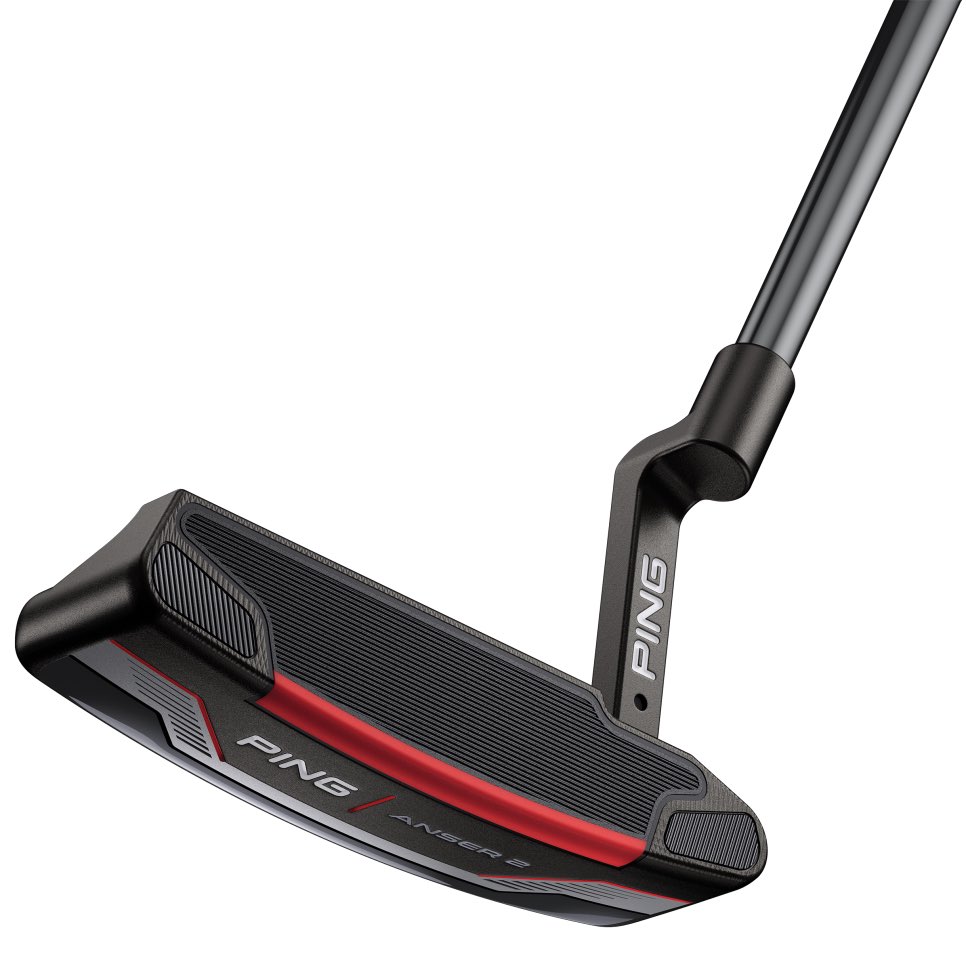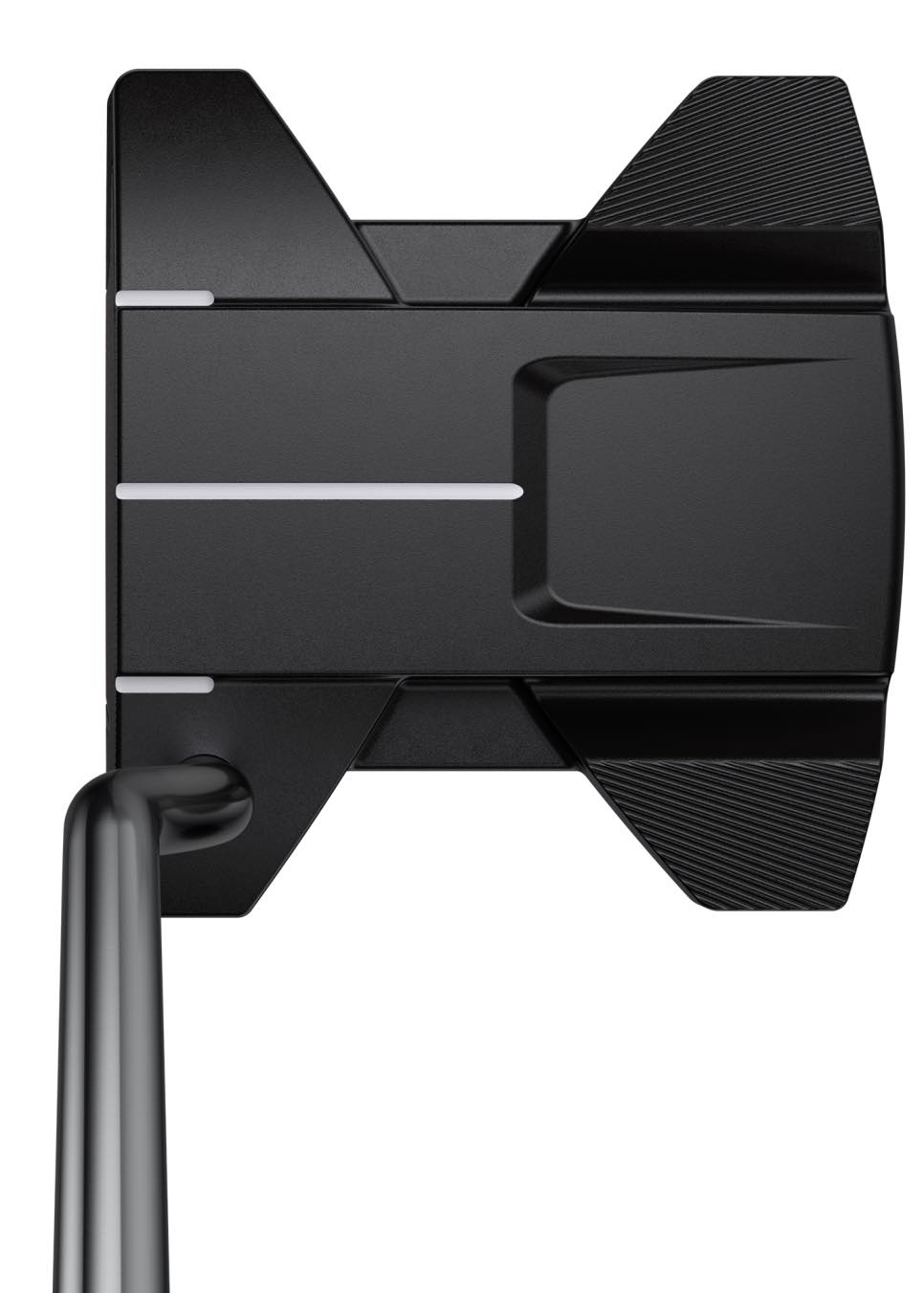WHAT YOU NEED TO KNOW: The line features 11 models, with blade and mallet offerings that fit every stroke type from strong arc, slight arc to straight-back, straight-through strokes. The multimaterial designs promote forgiveness on mis-hits. On the face, the front section is a softer material while the back section is a firmer material that the company found from working with its tour staff provided an ideal impact experience.
THE DEEP DIVE: When it comes to putters, it’s not that they are devoid of technology (they most certainly are not), but that technology is often overshadowed by the relatively straightforward metric by which consumers judge a putter’s relative worth: Did the ball go in the hole?
Ping has realised this since the first inventions of Karsten Solheim some 60-plus years ago, which is why Ping’s new line is simply named the 2021 putter series. Though it is technologically advanced, the company has placed an emphasis on maximising the moment of inertia in order to reduce grief on the greens.
“We just think we’re in the right space for having the appeal of the classic look at address with the technology that really prevails from the impact experience and the forgiveness standpoint,” said Ryan Stokke, director of product design for Ping.

The line features 11 models, with blade and mallet offerings that fit every stroke stype from strong arc, slight arc to straight-back, straight-through strokes. Ping took advantage of its relationship with its work with its tour players via its Putting Lab Design program to include versions made for Viktor Hovland (DS 72) and Cameron Champ (Tyne 4).
According to the company, each model in the series is built using aerospace-grade materials to achieve new levels of forgiveness. The three Anser versions (Anser, Anser 2, Anser 4) combine a stainless-steel head with tungsten heel and toe weights to elevate the MOI to its highest ever. “The Anser models are a little bit smaller heel to toe,” said Stokke. “A little bit softer ballasting and radius. By utilising the multimaterials we’ve been able to go to a little smaller Anser design, but make them even more forgiving.
In the Kushin 4, DS 72 and Tyne 4, a steel weight is used in the heel and tungsten is applied to the toe to better optimise the CG location (there’s also a centre-shafted Tyne C model). The Fetch and Oslo H join a cast 304 stainless steel body with an aluminium sole plate to position mass around the entire perimeter to create a highly forgiving mallet. A new design, the CA 70, uses a dense stainless steel sole weight to lower the CG of the aluminium body for added forgiveness. The Harwood, meanwhile, delivers the highest MOI in the line due to its 6061 aluminium body and a total of 93 grams of tungsten in all four corners of the fully-machined head.
“The majority of the volume of these putters is the aluminium,” said Stokke. “The most extreme usage of the multimaterial design is the oversized mallets with machined 6061 Aluminium chassis with four unique weights that combined are roughly 100 grams of tungsten in the full perimeter of the design.”

Though boosting the MOI is certainly beneficial to all golfers, roll is equally as important and the dual-durometer insert employed in the 2021 series has that area covered.
According to Stokke, the insert is a continuation of Ping’s two material co-molded dual layer design. The front section is a softer Pebax material. The back section is a firmer Pebax material that the company found from working with its tour staff provided an ideal impact experience.
“It’s pretty close to a 75-25 split of the softer material and then the firmer material,” Stokke said. “Pebax is a lower-density elastomer material. It has very good energy return, it’s also extremely durable so it has very high impact resistance. Another great aspect is that it’s very consistent for properties at different temperatures.” In layman’s terms, it produces a face that feels somewhat soft, but the ball comes off the face like the face is firm.
The grooves on the face also offer an assist. Developed from the PLD program, Stokke said the groove is a uniform five-thousandths of an inch depth which results in a slightly softer impact experience but with the full retention of ball speed as if you had a perfectly smooth face. “It really aligns the impact experience with the rollout potential and ball speed off the face that our highest level golfers have come to enjoy,” he said.
The 2021 putters comes with a dark PVD finish on the heads and a black chrome shaft. All models come standard with a fixed-length shaft that can be custom built from 32 to 38 inches in one-quarter-inch increments. Ping’s adjustable shaft (which was standard on the Sigma 2 line), which adjusts from 32 to 36 inches, is available as a custom upgrade. The company also offers three grip options.
Stay tuned for Australian pricing and availability.



